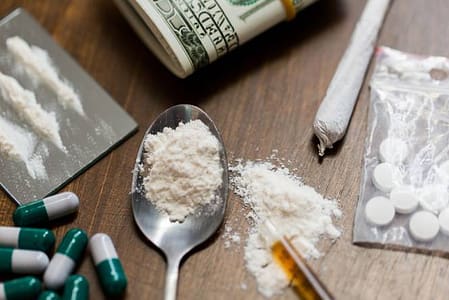

It is unlawful for any person to manufacture, compound, convert, produce, derive, process, or prepare, either directly or indirectly by chemical extraction or independently by means of chemical synthesis, any controlled substance specified in Section 11054, 11055, 11056, 11057, or 11058.
What is the mental state required for a violation of HSC 11379.6?
The mental state required under Health and Safety Code 11379.6 HSC is knowingly. Knowingly means awareness. In order to prove awareness, the State must prove, beyond a reasonable doubt, that the accused was consciously aware of the nature of his conduct and the surrounding facts and desired the outcome required to complete the act specified and was aware of the natural and probable consequences of his act. As applied to Health and Safety Code 11379.6 HSC, the State must prove, beyond a reasonable doubt, that the accused, by a chemical extraction or independent chemical synthesis produce and prepare a controlled substance that is listed under HSC 11054; HSC 11055; HSC 11056; HSC 11057; or HSC 11058; and when doing so knew of the substance’s nature and character as a controlled substance as listed, while participating in the initiating steps required to produce the controlled substance.
What kinds of controlled substances are specifically mentioned under Health and Safety Code 11379.6 HSC?
Examples of the controlled substances referenced under Health and Safety Code 11355 HS include are: (1) Opium; (2) MDMA; (3) Mushrooms; (4) Psilocybin; (5) Fentanyl; (6) Peyote; (7) Meth; (8) Mescaline; (10) GHB; (11) Opium extracts such as CO2 base and derivates like crumbles and dabs; (12) PCP; (13) Ketamine; (14) Testosterone; (15) and other growth hormones not related to Heroin clinical studies.
Are precursor chemicals sufficient overt processes required to trigger a violation of Health and Safety Code 11379.6 HSC?
Yes. Precursor chemicals are those ingredients required to derive the basic chemical compounds specified as controlled substances in violation of Health and Safety Code 11379.6 HSC. But the quantities of the basic ingredient would need to be in proportionalities suggested by chemistry standards to create a definable quantity of one unit of a specified controlled substance. Any basic ingredient from the grocery store list will suffice. It is important to note that having labels, packaging, receipts, containers, and residue indicating the presence, smell, consistency, and or quantities necessary establishes the same if in the area or nexus of the area for the chemicals to be mixed or processed.
What about the chemical steps, is there a basic standard that is necessary to trigger the term manufacture as a violation of Health and Safety Code 11379.6 HSC?
Yes. This refers to the manufacturing operations and the stages or processes required to develop the existence of the controlled substances specified under Health and Safety Code 11379.6 HSC. In light of court standards, it is any relevant place where the event can occur. An example of an overt step to trigger participation includes unboxed equipment being at the location of a clean room, with no ingredients being present; this can establish intent required to manufacture the components under Health and Safety Code 11379.6 HSC. Most of the chemical steps require extraction, compression, and other flash techniques that can be established by expert witnesses. And once an established method of chemistry is determined, any sufficient progression toward a step in that method might need to be assessed to determine if a chemical process is sufficiently created.
Examples include laboratory equipment, a drug reference book, chemical notations, and pay-and-owe sheets at a janitorial business. Defendant argues the only potentially substantial evidence of manufacturing “apart from the equipment and supplies found at the business.
Any violation of Health and Safety Code 11379.6 HSC is chargeable as a felony. Punishment includes confinement not exceeding 3,5, or 7 years in prison with fines not exceeding $50,000 dollars.
If the violation of Health and Safety Code 11379.6 HSC occurs in the presence of a child under 16 years of age; the act qualifies as an enhancement of for 2 years in prison if the end chemical produced is meth.
If the violation of Health and Safety Code 11379.6 HSC occurs within 200 feet from a resident or structure not belonging to the accused and near a child under 16 years of age; the act qualifies as an enhancement of 2 years in prison if the end chemical produced is meth.
Any offer to aid and abet any of the following is charged as a felony. Punishment includes confinement of 3, 4, or 5 years in prison.
What is an example of violations of Health and Safety Code 11379.6 HSC?
If you are charged with a violation of Health and Safety Code 11379.6 HSC call Law Mart today for a free consultation.
Call LAW MART for a FREE Case Review: 310-894-6440

Copyright © 2024 law – Powered by AmelCS